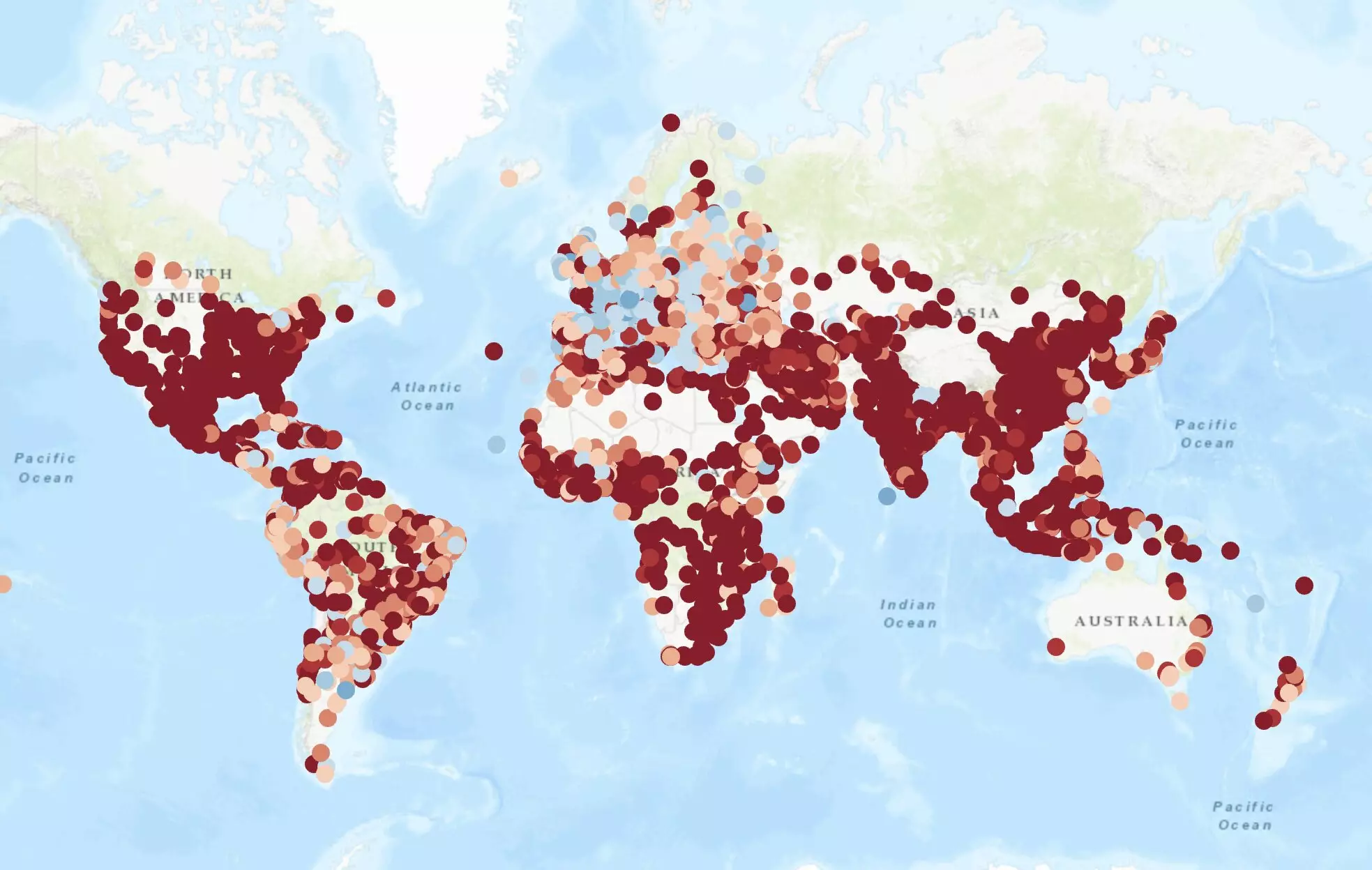The urban landscape is undergoing rapid transformation as the global population increasingly gravitates towards metropolitan areas. In light of this shift, the 15-minute city concept emerges as an innovative framework aimed at revolutionizing urban living. This idea champions the accessibility of essential services—like grocery stores, schools, parks, and healthcare—within a 15-minute walk or bike ride from residents’ homes. The model not only promotes convenience but also addresses critical urban issues such as traffic congestion, environmental degradation, social isolation, and overall quality of life. As cities strive to adapt to the challenges presented by urban expansion, the 15-minute city framework offers promising solutions that aim to foster more equitable living environments.
A pivotal study published in *Nature Cities* sheds light on the state of urban accessibility across various global regions. The research team, spearheaded by Vittorio Loreto from the Sony Computer Science Laboratories in Rome, meticulously evaluated distinct cities and quantitated their alignment with the ideal model of the 15-minute city. The findings reveal alarming disparities in service accessibility—underscoring a growing inequality in urban settings. With methods that offer an open-access platform for public exploration, this research not only provides a comprehensive look into city layouts but highlights the stark contrasts between affluent and underserved neighborhoods.
For instance, while cities in Europe like Vienna score impressively in terms of accessibility, the same cannot be said for many regions in the U.S., Africa, and parts of Asia, where access to essential services often extends far beyond a 15-minute radius. Such discrepancies emphasize the pressing need for strategic urban planning that encapsulates the various socio-economic dynamics at play within cities.
Significantly, the study pushes beyond mere identification of inequalities; it proposes tangible solutions. The researchers explored the potential outcomes of redistributing existing resources to enhance accessibility and address social disparities. This inquiry raises essential questions: What would it take to improve access to services in marginalized neighborhoods? Would such improvements necessitate major transportation infrastructure upgrades or simply more localized essential services?
To gauge these implications, the researchers developed a “relocation algorithm”—a dynamic tool designed to simulate urban responses to varying levels of service distribution. The algorithm holds promise in revealing how different cities can advance towards the 15-minute city ideal, highlighting the extensive service gaps that exist in many metropolitan areas. Loreto notes that even basic proximity-based service models may not be feasible in numerous urban environments, thereby advocating for fresh paradigms of urban planning that go beyond conventional understandings.
The significance of this research extends far beyond academic interest; it provides essential insight into the evolving challenges cities face today. As urban planners, policymakers, and engineers seek solutions tailored to the specific complexities of their cities, the implications of these findings become crucial. The notion of a one-size-fits-all model is inherently flawed; urban diversity necessitates approaches that account for local population densities, socio-economic conditions, and cultural factors.
Shifting focus from a purely time-based ideal towards value-based urban designs fosters environments that resonate more deeply with the communities they serve. The 15-minute city serves as a framework through which diverse urban challenges can be addressed in more localized and accessible manners.
Equitable Cities: Advantages and Opportunities
The advantages of building more equitable cities are manifold. Improved access to healthcare, education, recreational spaces, and cultural amenities catalyzes significant societal benefits. By attracting a diverse range of residents and empowering local communities, cities can nurture civic engagement and contribute to a more informed and active citizenry.
Furthermore, as urban areas become more connected, opportunities for economic activities increase, fostering a vibrant ecosystem that stimulates creativity and innovation. Cities are often seen as engines of human progress, and by adopting frameworks such as the 15-minute city, urban planners can significantly enhance the quality of urban life for all residents.
The evolution of urban spaces necessitates a deep understanding of the unique complexities each city presents. The 15-minute city serves as a beacon of hope, leading the way toward equitable, accessible, and vibrant urban environments. As cities continue to develop, implementing these principles can promote inclusivity and resilience, solidifying their roles as centers of opportunity and human connection.


Leave a Reply